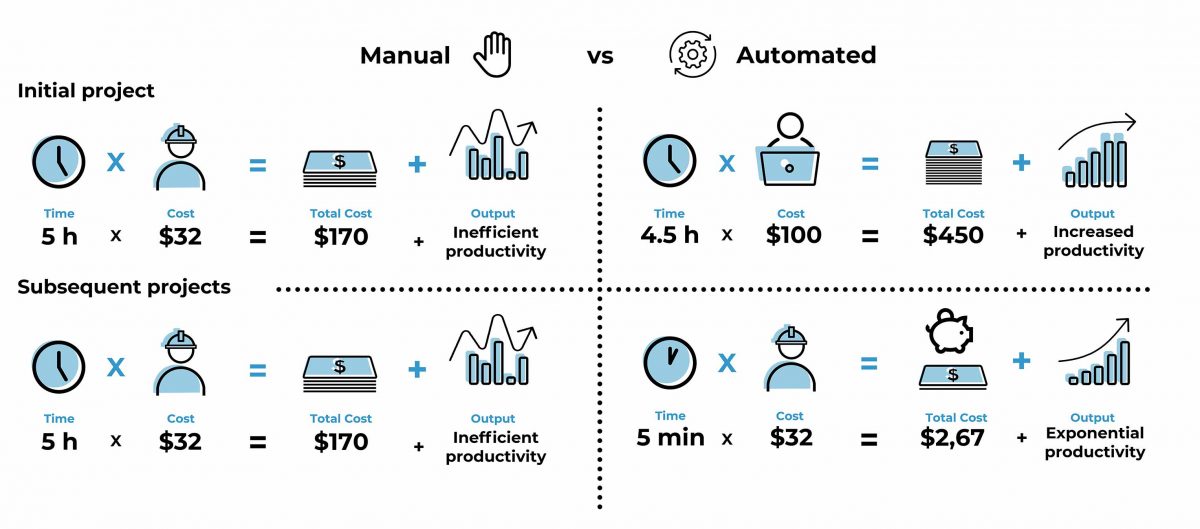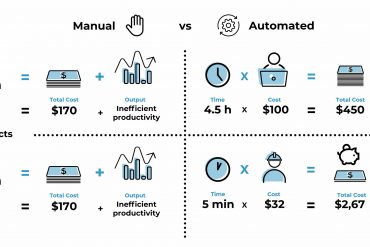BIM is a disruptive innovation, as it was AutoCAD when released. But here comes a dramatic difference the scope of work that BIM wants to embrace makes AutoCAD pale in comparison. BIM is software aimed to replicate the entire reality of the construction process in a virtual environment. All stakeholders are obliged to input their data into the model, which forces each discipline to talk to collaborate.
Under this perspective, new roles came into existence to coordinate this process and make a successful virtual building called a digital twin. It is a proof of concept, and if the digital model does not work, do not expect the real building to work.
These new roles include the BIM Manager, BIM coordinator, BIM modeler, and Computational BIM Managers.
Now, the question, what is a Computational BIM Manager?
Some time ago, I read an article from Nathan Miller about Computational Designers:
I didn’t fully identify myself with that definition, but it was pretty close. Sometime after, by chance or fate, I discovered Konrad’s blog and this article:
In the article, he suggested a definition for Computational BIM Manager.
Computational BIM Manager: a full time member of some overarching technology department, only lends his helping hand to teams in dire needs of computational approach to some terribly repetitive and boring BIM related requirement, will most likely specialize in interoperability which makes him a unique animal that can cross between multiple platforms (his ability to use Grasshopper/Rhino doesn’t make him a Computational Designer, it’s simply a skill he acquired to further improve his interoperability chops), will do training and workshops, will spend his “off time” doing R&D and software development.
K Sobon
I think it is a spot-on definition that suits a growing number of people involved in the daily research and development of new tools to improve BIM workflows.
Benefits of a Computational BIM Manager
With the definition out of our way, let’s talk about the benefits of having a Computational BIM Manager in the firm.
Advantages:
- Automate time-consuming tasks improving productivity
- Facilitate compliance with office standards, consultants, and ISO 19650
- Disseminate better workflows across the office with training and manuals
- Make interoperability easier between programs
- Help to create content suited to scale
Let’s check this comparisson for more clarity:


Leave a Reply